7 Warning signs your SCADA system needs an upgrade
SCADA systems are essential for managing and automating industrial processes. They help businesses monitor equipment, collect real-time data, and improve efficiency. However, regular maintenance and upgrades are necessary to keep them running smoothly.
This is part 1 of a six-part series on SCADA system upgrades. In this series, we explore each stage of the upgrade process in detail, including:
- Part 1: 7 Warning signs your SCADA system needs an upgrade
- Part 2: 8 Reasons to upgrade your SCADA system with AVEVA
- Part 3: Step-by-step guide to upgrading your SCADA system
- Part 4: Challenges and mistakes to avoid during your SCADA upgrade
- Part 5: Expert tips for a successful SCADA system upgrade
- Part 6: Exploring the different types of AVEVA SCADA solutions
Neglecting updates can lead to inefficiencies, security risks, and costly downtime. This article highlights seven warning signs that your SCADA system needs an upgrade.
1. Obsolete software:
Using outdated SCADA software or operating systems puts your operations at risk. Older versions often lack vendor support, making fixing issues, getting updates, or accessing new features difficult. Without regular updates, your system is more vulnerable to cyber threats and misses critical security patches.
Outdated software can also cause compatibility problems with newer hardware or integrated systems, disrupting production. Upgrading to the latest SCADA version improves performance, keeps your system secure, and ensures full vendor support.
2. Security threats:
In today’s digital world, cybersecurity is a major concern for industrial operations. Older SCADA systems often don’t meet modern security standards, leaving your business vulnerable to cyberattacks. A breach or unauthorized access can cause production stoppages, lower product quality, and damage your reputation.
Upgrading to a newer SCADA version ensures you comply with the latest security protocols. It provides encryption, role-based access control, and regular security updates to protect your operations.
3. Integration challenges:
SCADA systems must communicate smoothly with components like PLCs, HMIs, ERP, MES, and historian databases. If your SCADA system struggles to connect with these, it can cause bottlenecks and inefficiencies. Integration issues often happen because outdated software can’t support modern technologies.
Upgrading your SCADA system improves its ability to integrate with all connected devices and systems. This results in better data accuracy, improved decision-making, and more efficient operations.
4. Sluggish performance:
Frequent lags, shutdowns, crashes, and data loss are signs that your SCADA system’s performance is declining. These issues can disrupt operations, increase the risk of equipment damage, and create safety hazards. A sluggish system is often due to outdated hardware, limited processing power, or software unsuitable for current needs.
Upgrading your SCADA system improves performance, reduces downtime, and ensures smoother operations. Modern SCADA systems handle larger data volumes and offer faster processing speeds, leading to more efficient and reliable performance.
5. Limited features:
As technology advances, SCADA systems evolve with new features and capabilities. If your competitors are using the latest SCADA versions, they likely have access to advanced tools like improved data visualization, predictive analytics, and remote monitoring.
Staying with an outdated SCADA system puts you at a disadvantage, limiting your ability to optimize processes and adapt to market changes. Upgrading to the latest SCADA version lets you take advantage of innovations, keeping your operations competitive and up to industry standards.
6. High maintenance costs:
Maintaining an outdated SCADA system can be expensive. Frequent repairs, part replacements, and ongoing maintenance add up, straining your budget. Without vendor support, fixing issues often requires costly third-party services.
Upgrading your SCADA system reduces maintenance costs by improving reliability. It also allows you to optimize system architecture and license usage, which can help offset the upgrade expenses.
7. Support challenges:
Older SCADA systems often need extra support and maintenance, which becomes harder to find as vendors phase out older versions. This can lead to longer downtimes and higher costs as you search for parts and expertise to maintain the system.
Upgrading to the latest SCADA version simplifies support. Vendors prioritize newer versions for updates, support, and improvements, ensuring you have the resources to keep your system running efficiently.
Conclusion:
Recognizing these warning signs is key to keeping your SCADA system efficient and reliable. If any of these issues sound familiar, it might be time for an upgrade. By addressing these challenges early, you can improve your system’s performance, security, and integration, ensuring your operations stay competitive and resilient in a fast-changing industrial environment.
As an AVEVA Endorsed System Integrator, we have extensive experience guiding businesses through successful SCADA system upgrades, helping improve operational efficiency and security.
Are you ready to upgrade your SCADA system? Partnering with a trusted expert is crucial. We specialize in delivering tailored SCADA solutions. Contact us today to learn how we can help you optimize your SCADA system for long-term success.
-
Brochures and guides
AVEVA white paper
White paper: Accelerating your manufacturing transformation with enhanced HMI/SCADA
-
Brochures and guides
AVEVA infographic
Infographic: Minimizing value leaks in your production processes – 3 steps to agile, efficient operations















